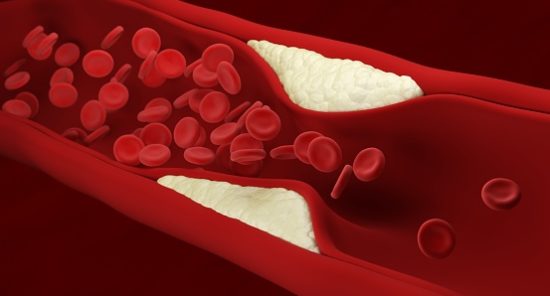Combination antiretroviral therapy (cART) has improved outcomes in individuals with human immunodeficiency virus/acquired immunodeficiency syndrome (HIV/AIDS). However, according to Minyahil Woldu and colleagues, other disorders in these patients, such as cardiometabolic syndrome (CMetS), have received less focus. Their study, published in Clinical Medicine Insights: Endocrinology and Diabetes, examined CMetS in people living with HIV/AIDS (PLWHA) using the National Cholesterol Education Program (NCEP) and International Diabetes Federation (IDF) tools and presented data on several identified predictive factors for this “common” complication in PLWHA.
Specifically, Woldu reported that “age, time on cART, age when cART started, gender, comorbidities, waist circumference, and diastolic blood pressure were all revealed to be significant predictors of CMetS.” However, the authors did caveat that “triglycerides and blood type A were the only biomarkers found to be significant with CMetS using both the NCEP and IDF tools.”
The trial enrolled 288 HIV-positive patients in the authors’ hospital between January 2019 and February 2021. Results were analyzed with binary logistic regression, and results were adjusted for confounders in multivariate logistic analysis. Statistical significance was set at a 95% confidence interval (CI) and a p value of less than 0.05.
According to the report, the risk of CMetS increased two-fold with each one-year increase in age (p = 0.009), 1.2-fold as age of cART initiation increased (p = 0.015), four-fold per unit of waist circumference increase (p <0.001), and six-fold for one or more comorbidities (p = 0.028). Moreover, “significant NCEP-CMetS correlations were produced by a rise in diastolic blood pressure (p <0.001) and cART duration (p = 0.006).” The authors qualified that male gender was 99.9% less likely to be associated with CMetS using the IDF tool, and that triglycerides and blood type A were the only factors with substantial associations to CMetS under both tools’ criteria.
Overall, the authors presented their findings to bridge the gap in available data on CMetS in PLWHA. Their data provides foundational support for heretofore lacking research on this complication in future studies.
Source: https://journals.sagepub.com/doi/10.1177/11795514221078029









